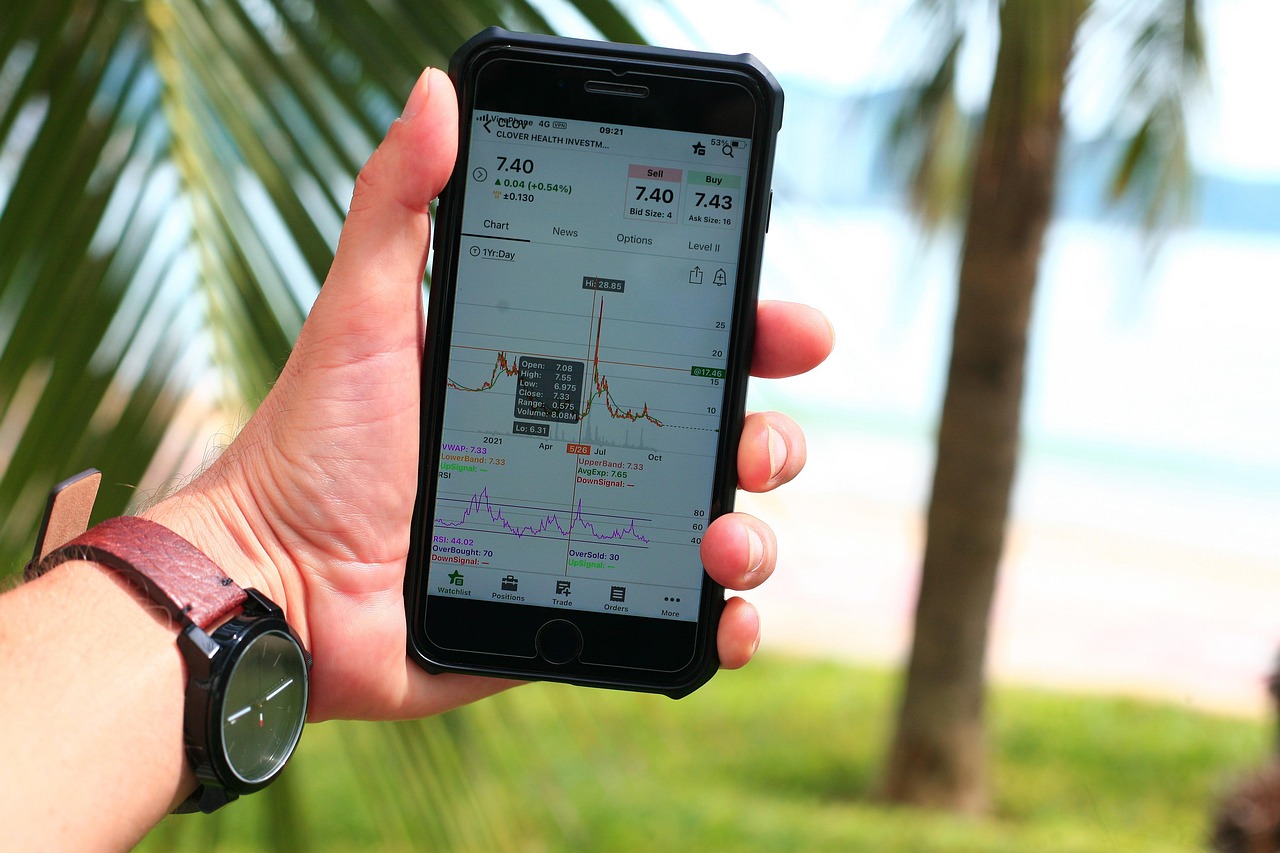Micro-Investing Apps Target Gig Workers: A New Frontier in Personal Finance

In recent years, the gig economy has surged, with millions globally embracing flexible work arrangements. This shift has catalyzed the development of micro-investing apps specifically targeting gig workers, offering them unique financial tools tailored to irregular income patterns and diverse financial goals. As traditional financial systems often overlook this demographic, micro-investing apps are stepping in to fill the gap, ushering in a novel approach to personal finance.
Micro-investing apps are digital platforms that allow users to invest small amounts of money, often underpinned by low or no account minimums, enabling broader access to investment opportunities. For gig workers, whose incomes can fluctuate dramatically from month to month, these apps provide a flexible solution to build wealth incrementally.
The Rise of Gig Work
The gig economy has expanded significantly, with platforms like Uber, TaskRabbit, and Fiverr leading the charge. According to the International Labour Organization, the number of gig workers globally has increased by over 30% in the past decade. This workforce is characterized by its autonomy, yet it often lacks the financial stability and benefits associated with traditional employment. Consequently, gig workers face unique challenges in saving for retirement, managing irregular cash flows, and achieving long-term financial security.
Micro-Investing: A Tailored Solution
Micro-investing apps address several pain points for gig workers:
- Low Barriers to Entry: With minimal starting investment requirements, gig workers can begin investing with just a few dollars, making it accessible despite inconsistent income.
- Round-Up Features: Many apps offer “round-up” features, where purchases are rounded up to the nearest dollar, and the spare change is automatically invested. This allows users to invest passively without impacting their cash flow significantly.
- Flexible Contributions: Users can adjust contributions in real-time, accommodating income fluctuations typical in gig work.
- Diverse Investment Options: From ETFs to fractional shares, these apps provide access to a range of assets, enabling users to diversify their portfolios even with small investments.
Global Context and Adoption
Micro-investing apps have gained traction worldwide. In the United States, apps like Acorns and Stash have become popular, while in Australia, platforms such as Raiz offer similar services. Emerging markets are also witnessing growth in this sector, as mobile internet penetration increases financial inclusion. In countries like India and Brazil, micro-investing is being hailed as a democratizing force in personal finance.
Moreover, regulatory environments are increasingly supportive of fintech innovations. In Europe, the revised Payment Services Directive (PSD2) encourages competition and innovation in financial services, enabling micro-investing platforms to flourish.
Challenges and Considerations
Despite their promise, micro-investing apps face challenges. Data privacy concerns are paramount, as these platforms store sensitive financial information. Ensuring robust cybersecurity measures is essential to maintain user trust. Additionally, while these apps simplify investment for beginners, they may not offer the comprehensive financial advice needed for more complex financial planning.
Gig workers must also be wary of fees associated with micro-investing apps, which can erode returns, especially when investing small amounts. It’s crucial for users to understand fee structures and choose platforms that align with their financial objectives.
The Road Ahead
As the gig economy continues to expand, the role of micro-investing apps in supporting financial well-being will likely increase. These tools are not a panacea but represent an important step towards greater financial inclusion for gig workers. In the coming years, the evolution of these platforms will likely focus on integrating more personalized financial advice, enhancing user experience, and maintaining robust security protocols.
Ultimately, the intersection of technology and finance continues to evolve, offering innovative solutions to age-old challenges. For gig workers, micro-investing apps provide a pathway to financial empowerment, enabling them to harness the power of technology to achieve their financial goals, one small investment at a time.















